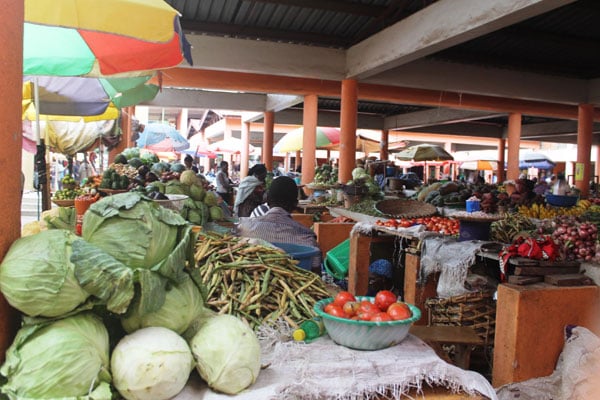Customised home recipes will address hunger and malnutrition in the north

A recently released Uganda National Household Survey (UNHS) Report 2019/2020 shows that Acholi and Lango sub-regions highly contribute to poverty by over 10 per cent and five per cent respectively. The report further reveals that the two sub-regions rank among the regions where poverty has immensely increased.
A global report of 2020 noted that the poor diets and resulting malnutrition are not simply a matter of personal choices, but most people cannot easily access or afford a healthy diet or access quality nutrition care. This is seemly the ugly truth for most people in northern Uganda. The need for quality nutrition in every household is now more pronounced than ever because of the prevailing Covid-19 pandemic.
For nearly two decades when the war in northern Uganda ended, vast efforts have been made by the government and development partners to end hunger and poverty in the region. A lot has been achieved and more needs to be done. For example, the UNHS 2019/20 reported that several households in northern Uganda are still struggling to afford three proper meals a day. This comes with heightened malnutrition. Nutrition deficiency has previously been linked to the outbreak of rare health complications in the region including the nodding disease. In addition, the survey found the prevalence of heart diseases in Lango sub-region was 4.5 percent and hypertension at three percent, which was among the highest compared to all other regions in Uganda. This narrative can change if the people are empowered to use what is at their disposal. Integration of nutrition in development interventions is therefore critical.
Recent efforts under the Development Initiative for Northern Uganda intervention will diversify food crops grown in the region and promote the best combinations to eat locally available food and animal products to address food security and malnutrition. The National Agricultural Research Organization (NARO) alongside partners in the health sector in the region will develop recipes for household use to manage acute malnutrition in children under five year, chronic illness including nodding disease and in pregnant women and other vulnerable groups. Use of locally available foods is the preferred option to ensure sustainable and rational utilization of diversity of foods at households. A series of cooking demonstrations targeting farming communities in Lango and Acholi sub-region will be held to promote behavioral change. This will be promoted alongside hygiene enhancing practices to improve food handling and food preparations. The intervention is intended to help farmers link their agriculture production to better health and spur economic productivity in the region.
Many rural farmers produce foods for income but do not plan to improve nutrition as a necessity for their most vulnerable family members like children and pregnant mothers. Various indigenous crops commonly grown in northern Uganda like malakwang (Hibiscus spp) contain vital vitamins and minerals elements as well as antioxidants that reduce cholesterol in blood circulation. A baseline survey by NARO showed that over 90 per cent of the households in Northern Uganda are still engaged in subsistence farming and produce their own food for domestic consumption. However, many families do not consume micronutrient-rich food including fresh fruits, vegetables, animal sources products like milk and fish. A mindset that needs to change with adequate nutrition counselling and guidance.
All efforts must be geared towards community based screening at households and in schools through community health workers or nutritionists and establishment of referral system between the community health workers and primary health care facilities for management of moderate and severe cases of malnutrition.
Any sustainable solution to nutrition problems will depend on national nutrition strategies, financing and the degree of development in the population. The current Uganda National Action plans (UNAPII) policy frame calls for a multi- sectoral approaches involving all levels of governance from bottom to top. I therefore call upon the full participation and cooperation of all stakeholders to embrace nutrition interventions not in isolation but as an integral part of the development strategies while dealing with the root causes of malnutrition in northern Uganda.
Dr Bernard Omech
Senior lecturer, Department of Public Health, Lira University




